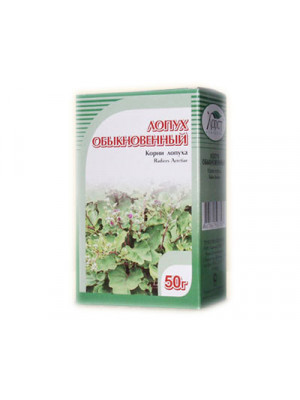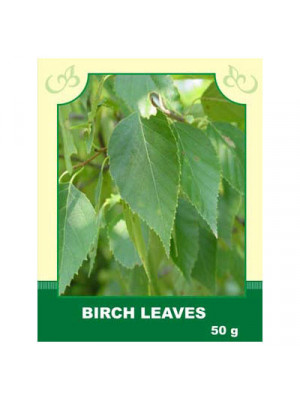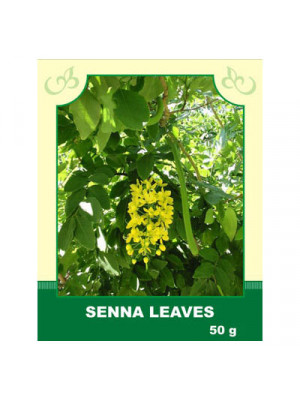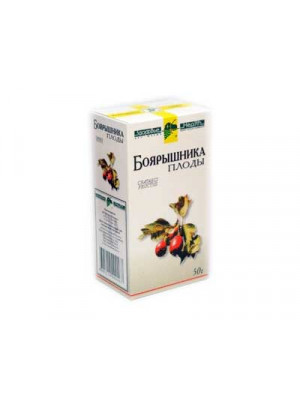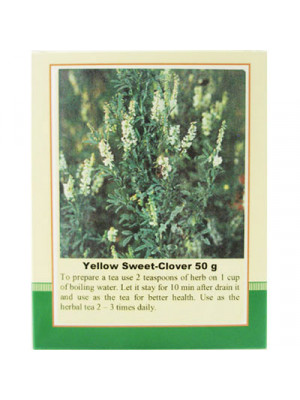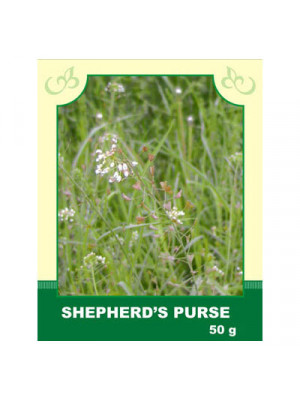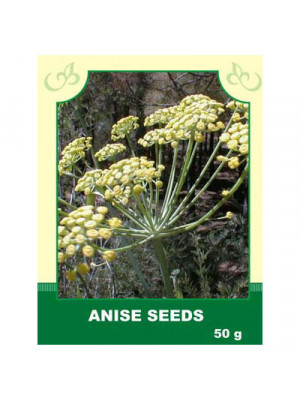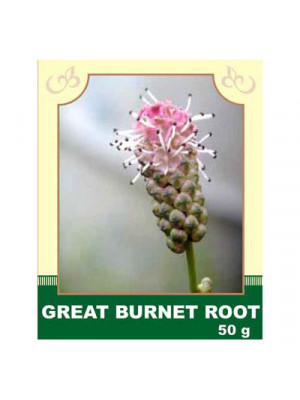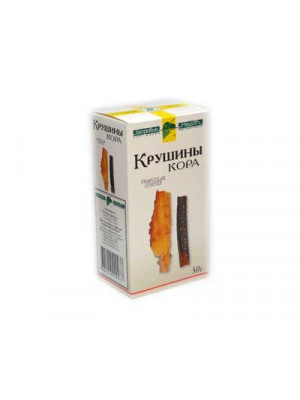Herbs
- Burdock Root is one of the foremost cleansing herbs, providing nourishing support for the blood, the liver, and the natural defense system. Its rich in Vitamins B1, B6, B12, and E, plus manganese, copper, iron, zinc, sulfur, and more. Youll find Burdock Root in many tonic formulas and special blends designed for internal cleansing. In traditional herbal texts, Burdock Root is described as a blood purifier or alterative, and was believed to clear the bloodstream of toxins. The herb contains polyacetylenes that have both anti-bacterial & anti-fungal properties. Burdock Root contains high amounts of inulin and mucilage. This may explain its soothing effects on the gastrointestinal tract. Bitter constituents in the root may also explain the traditional use of Burdock to improve digestion.$6.99
Description. People have been using birch for therapy and healing since ancient times. Almost all parts of this tree have special properties valuable for health. Birch leaves act as anesthetic, anti-inflammatory, wound healing and antimicrobial. They help cope with pathogenic bacteria and fungi; improve blood circulation, and reduce thrombus from the smallest blood vessels.Birch leaves contain many of bioactive substances acids, flavonoids, rutin, tannins, vitamins C, E, PP and carotin. They help lower blood pressure. Use. Nowadays birch leaves preparations are used in cases of avitaminosis, edema, urinary bladder inflammation, atherosclerosis, kidney disorders and as cholagogic and expectorant. Leaves decoction is tonic and restorative and is useful for wet eczemas and climacteric neurosis. Birch leaves are used for flushing kidney and bladder stones, and for urinary infections. Preparations made of them are good for bronchitis, gastritis, stomach ulcers, edema and gout. Birch leaves are also valuable for various skin problems and help in coping with pathogenic microbes, fungi and inflammations. Finally they are known also to stimulate hair growth.
Attention! Before using any herbal products, make sure that you have full knowledge of how the herb works and any adverse reaction it may cause.$6.99Внутрь: принимают в качестве слабительного средства при атонии толстого кишечника, хронического запора, для регулировки стула при геморрое, проктите, анальных трещинах. Считается эффективным средством для похудения.
Способы применения и дозы: 1/2-1 ст. ложку сырья заливают кипятком, настаивают до остывания. Принимают по 1/4 - 1/2 стакана на ночь.
Противопоказания: Индивидуальная непереносимость, избегать длительного употребления; не применять при беременности, кормлении грудью и непроходимости кишечника.
$5.99- Hawthorn is a plant very popular in Chinese and Japanese medicine. The plant is believed to strengthen cardiovascular function. Hawthorn is also used as an aid to lower blood pressure, lower cholesterol, and treat some heart related diseases. The herb called the hawthorn is one of the best herbs to boost the performance of the heart and the human circulatory system in general. Regular supplementation with this herb can thus help bring some balance blood pressure and it is considered to be excellent for heart.$6.99
- Popular names for Linden are Tilia and Lime. Lime flowers are a popular domestic help for a number of ailments, especially in the treatment of colds and other ailments where sweating is desirable. Active ingredients in the lime flowers include flavonoids (which act as antioxidants), volatile oils, and mucilaginous constituents (which soothe and reduce inflammation). The plant also contains tannins that can act as an astringent. The flowers were added to baths to quell hysteria, and steeped as a tea to relieve anxiety-related indigestion, irregular heartbeat, and vomiting. Tilia flowers are used in colds, cough, fever, infections, inflammation, high blood pressure, headache (particularly migraine), as a diuretic, antispasmodic (reduces smooth muscle spasm along the digestive tract) and sedative.$8.99
- It helps promote lymphatic drainage and reduces fluid retention, particularly in the tissues of the vein wall.$6.99
Internally:
Take internally for bleeding, liver and kidney diseases, fractures, metabolic disorders, weak intestinal peristalsis, and pathological menopause.
Method of application and dosage: Infuse 2 tablespoons of the raw material with 200 ml of boiling water, boil in a water bath for 15 minutes, infuse for 45 minutes, strain, squeezing the remaining material. Bring the prepared infusion to the initial volume and take 1 tablespoon 4-5 times a day after meals.
Externally: Use the infusion for local baths, washing, lotions, and compresses for bruises, inflammation of tendons, minor injuries, and skin damage.
Contraindications: Individual intolerance.
$6.99
Description. In ancient Chinese as well as traditional Indian system of medicine, anise has assumed a very popular stature. Anise seeds are rich in volatile oil, flavonoids and other important nutrients. Anis actions are disinfectant, anti-inflammatory, spasmolytic, expectorant and antiviral. Anise seeds stimulate lactation, and are considered to be a mild diuretic. Moreover, Anise is a mild antiparasitic and its leaves can be used to treat digestive problems, relieve toothache. Anise can be used to relieve menstrual cramps. Use. Anise has a long history of medical, magical, and culinary use. Anise has also been used for centuries as an agent for relief of coughs and colds. It is still used widely today as a digestive aid and anti-flatulence agent. After taking anise preparations digestion improves, constipations stop and the work of gastrointestinal tract normalizes. Indeed, science has proven that the essential oils in the seeds do have expectorant properties. A tea can be made for relief from cough and congestion. Externally, Anise tea can be wrapped in a warm cloth and used as a compress for eye pain. Try dropping a few seeds in a glass of warm milk before bed to prevent insomnia. Lastly, Anise seeds can be chewed in the morning for an all-day mouth freshener.
Attention! Before using any herbal products, make sure that you have full knowledge of how the herb works and any adverse reaction it may cause.$6.99Internally, it is taken as a binding, hemostatic, anti-inflammatory, analgesic, and bactericidal agent for inflammations of the mucous membranes, significant disorders of the functional activity of the stomach, intestines, diarrhea, hemorrhoids, uterine bleeding, and inflammatory skin processes. Steamed crushed roots are used for poultices in boils and leg ulcers.
Method of application and dosage: Pour 2 tablespoons of raw material into 200 ml of boiling water, heat on a water bath with a closed lid for 30 minutes, infuse for 10 minutes at room temperature. Strain and take 1 tablespoon 5-6 times a day.
Externally, steamed crushed roots are used for poultices in boils and leg ulcers. For douching, which is carried out 1-2 times a day, the decoction is diluted with warm boiled water (take 100 ml of the decoction for 900 ml of water). For leg ulcers, thrombophlebitis, make compresses from the plant's tincture on 20% alcohol. Rinse children's eyes with a decoction and make compresses for conjunctivitis.
Contraindications: individual intolerance.
$6.99- Buckthorn bark has been used medicinally since at least the 1600s, when it was listed in a primary medical reference called the London Pharmacopeia. Although most herbs have had a wide variety of traditional uses, later refined to a single or a few proven benefits, buckthorn bark throughout its history has been consistently used to relieve one ailment: constipation and its by-products (hemorrhoids and anal irritation). Buckthorn bark contains compounds called anthraquinones, which have a strong purgative, laxative effect on the body. Because these compounds are powerful, before being processed into laxative products the bark is aged for a year, or heated and dried. Buckthorn bark has laxative and cathartic properties.$6.99


